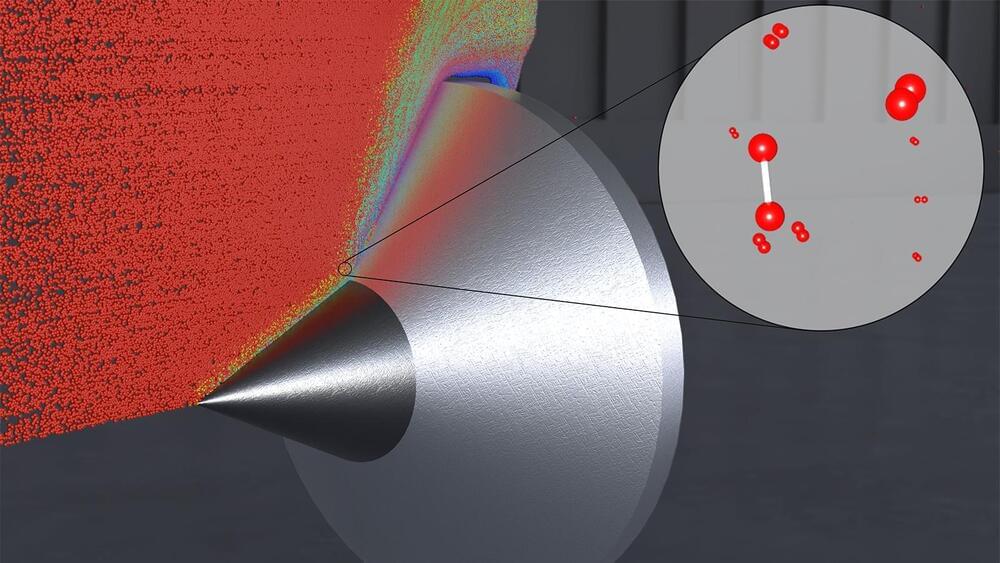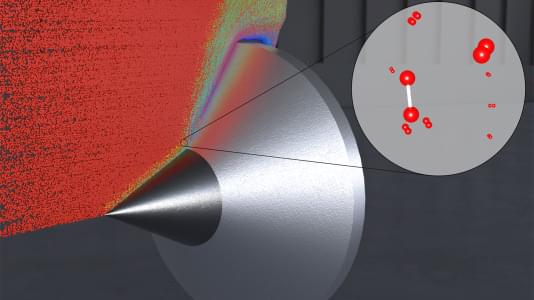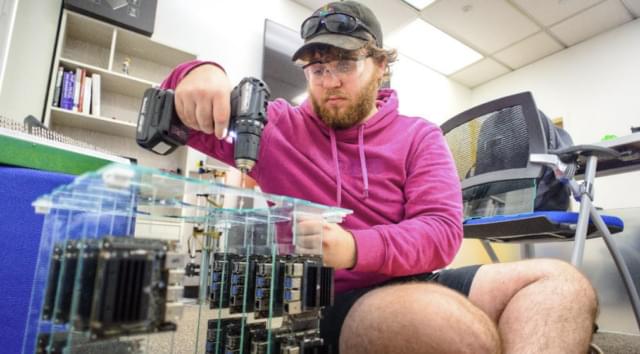Archive for the ‘supercomputing’ category: Page 21
Nov 15, 2022
The U.S. Department of Energy’s
Posted by Dan Kummer in categories: engineering, supercomputing
The U.S. Department of Energy’s INCITE program has awarded supercomputing time to 56 projects!
Managed jointly by the Argonne Leadership Computing Facility and Oak Ridge Leadership Computing Facility, INCITE supports large-scale, computationally intensive projects that address “grand challenges” in science and engineering.
Nov 14, 2022
INCITE program awards supercomputing time to 56 projects to accelerate science and engineering research
Posted by Dan Kummer in categories: energy, engineering, physics, science, supercomputing, sustainability
The U.S. Department of Energy’s (DOE) Office of Science announced allocations of supercomputer access to 56 high-impact computational science projects for 2023 through its Innovative and Novel Computational Impact on Theory and Experiment (INCITE) program. These awards, which will pursue transformational advances in science and engineering, account for 60% of the available time on the leadership-class supercomputers at DOEs Argonne and Oak Ridge national laboratories.
The projects will support a broad range of large-scale research campaigns to advance knowledge in areas ranging from astrophysics to sustainable energy technologies to materials design and discovery.
Jointly managed by the Argonne Leadership Computing Facility (ALCF) and the Oak Ridge Leadership Computing Facility (OLCF), the INCITE program is the primary means by which the facilities fulfill their mission to advance open science by providing the scientific community with access to their powerful supercomputing resources. The ALCF and OLCF are DOE Office of Science user facilities.
Nov 14, 2022
The Gold In Our Galaxy May Be 10 Billion Years Old, Say Scientists
Posted by Genevieve Klien in categories: physics, space, supercomputing
The hundreds of gold-rich stars discovered in our Milky Way galaxy may have come from smaller galaxies that merged 10 billion years ago, according to new simulations by a supercomputer.
Using the ATERUI II supercomputer in the Center for Computational Astrophysics at the National Astronomical Observatory of Japan, scientists at Tohoku University and the University of Notre Dame developed new simulations of galaxy formation with the highest resolution yet.
The paper was published this week in the Monthly Notices of the Royal Astronomical Society.
Nov 12, 2022
Quantum computers’ secret power: How they could dramatically boost energy efficiency
Posted by Gemechu Taye in categories: energy, quantum physics, supercomputing
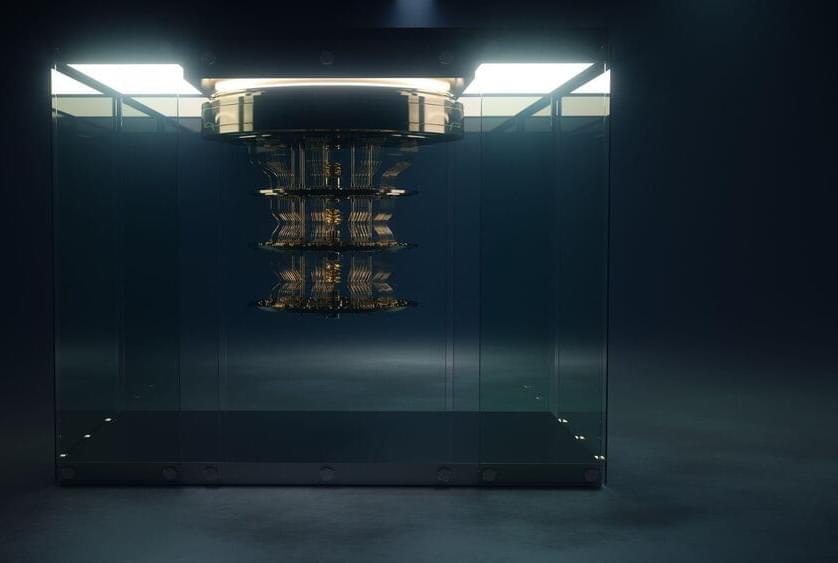
Could energy efficiency be quantum computers’ greatest strength yet?
Bartlomiej Wroblewski/iStock.
Nov 10, 2022
IBM unveils quantum supercomputer which could reach 4,000 qubits by 2025
Posted by Dan Kummer in categories: quantum physics, supercomputing
IBM plans to move into a more modular design for future quantum computers to allow for more flexibility and rapid scale-up of qubits.
Nov 9, 2022
Examining the optimal working conditions for the brain as a model for new computers
Posted by Dan Breeden in categories: bioengineering, mathematics, media & arts, robotics/AI, supercomputing, sustainability
With mathematical modeling, a research team has now succeeded in better understanding how the optimal working state of the human brain, called criticality, is achieved. Their results mean an important step toward biologically-inspired information processing and new, highly efficient computer technologies and have been published in Scientific Reports.
“In particular tasks, supercomputers are better than humans, for example in the field of artificial intelligence. But they can’t manage the variety of tasks in everyday life —driving a car first, then making music and telling a story at a get-together in the evening,” explains Hermann Kohlstedt, professor of nanoelectronics. Moreover, today’s computers and smartphones still consume an enormous amount of energy.
“These are no sustainable technologies—while our brain consumes just 25 watts in everyday life,” Kohlstedt continues. The aim of their interdisciplinary research network, “Neurotronics: Bio-inspired Information Pathways,” is therefore to develop new electronic components for more energy-efficient computer architectures. For this purpose, the alliance of engineering, life and natural sciences investigates how the human brain is working and how that has developed.
Nov 8, 2022
Digital Doubles and Second Selves
Posted by Henrique Jorge in categories: augmented reality, automation, big data, computing, cyborgs, evolution, futurism, information science, innovation, internet, life extension, machine learning, neuroscience, posthumanism, robotics/AI, singularity, software, supercomputing

This time I come to talk about a new concept in this Age of Artificial Intelligence and the already insipid world of Social Networks. Initially, quite a few years ago, I named it “Counterpart” (long before the TV series “Counterpart” and “Black Mirror”, or even the movie “Transcendence”).
It was the essence of the ETER9 Project that was taking shape in my head.
Over the years and also with the evolution of technologies — and of the human being himself —, the concept “Counterpart” has been getting better and, with each passing day, it makes more sense!
Imagine a purely digital receptacle with the basics inside, like that Intermediate Software (BIOS(1)) that computers have between the Hardware and the Operating System. That receptacle waits for you. One way or another, it waits patiently for you, as if waiting for a Soul to come alive in the ether of digital existence.
Nov 7, 2022
Students Build DIY Supercomputer Out of Nvidia Jetson Nanos
Posted by Jose Ruben Rodriguez Fuentes in category: supercomputing
Students at Southern Methodist University in Dallas are debuting their “baby” DIY supercomputer. It’s made of 16 NVIDIA Jetson Nano modules.
Oct 28, 2022
Existential Hope: Creon Levit | On space and the long-term future
Posted by Paul Battista in categories: Elon Musk, engineering, food, nanotechnology, space, supercomputing
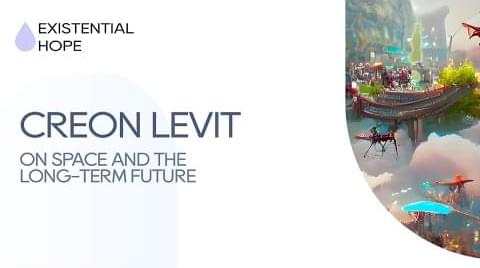
Are we alone in the universe? What could a future for humans in space look like? And what would Creon’s advise to Elon Musk be if he wants to make a self-sufficient mass colony there? This Hope Drop features Creon Levit, chief technologist and director of R&D at Planet Labs.
Creon Levit is chief technologist at Planet Labs, where he works to move the world toward existential hope via novel satellite technologies. He also hosts Foresight Institute’s Space Group.
Continue reading “Existential Hope: Creon Levit | On space and the long-term future” »

